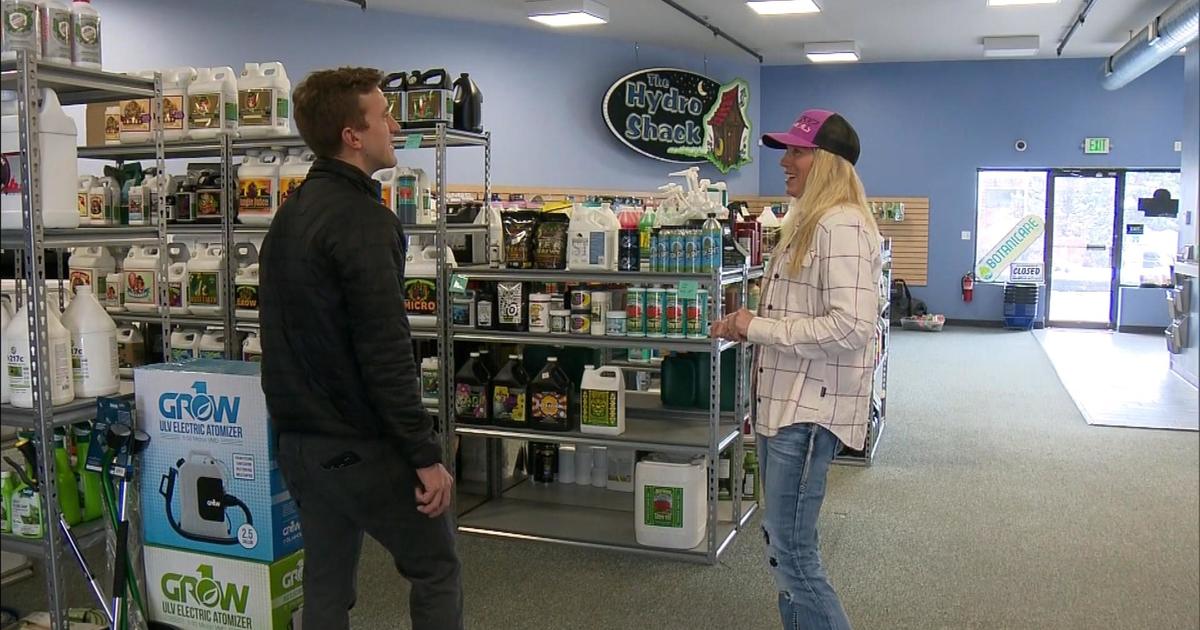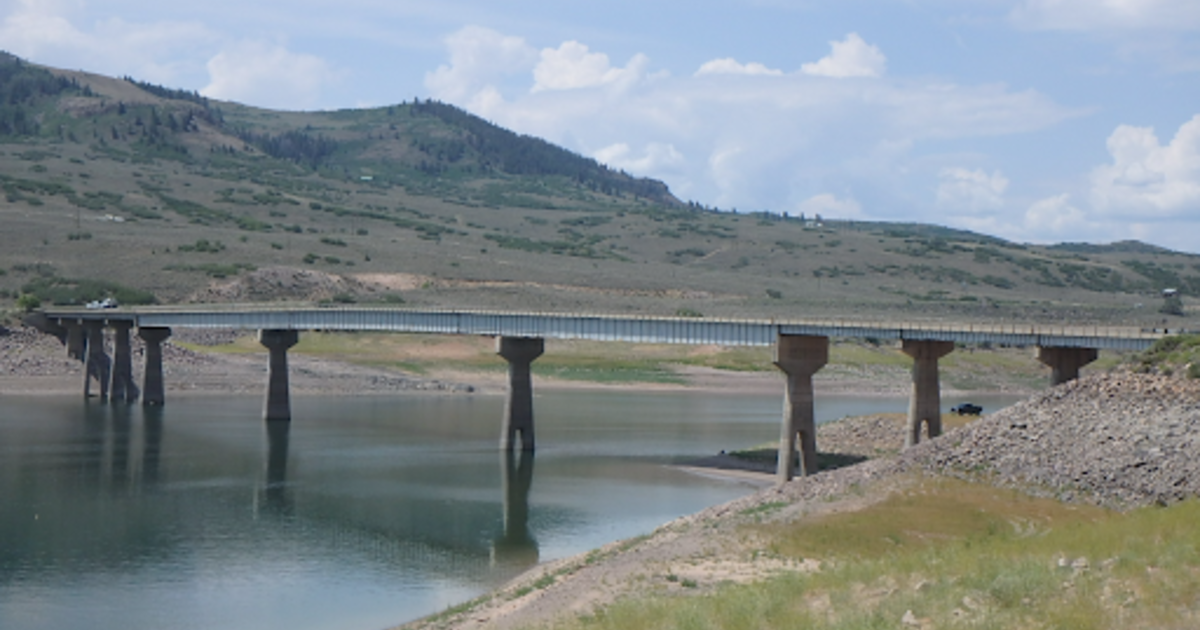Colorado Races To Fix Mountain Roads Before Winter
BOULDER, Colo. (AP) - With snow already dusting Colorado's highest peaks, the state is racing to replace key mountain highways washed away by flooding, in some cases laying down crude, one-lane gravel roads just to throw a lifeline to isolated towns before winter descends.
More than 200 miles of state highways and at least 50 bridges were damaged or destroyed across this rugged region, plus many more county roads. Fully rebuilding all of them is sure to take years. But for now, the work has to be fast, even if that means cutting corners.
"Our priority is to reconnect these communities as quickly as we can, recognizing that we're in a very tight timeframe," said Amy Ford, a spokeswoman for the state Department of Transportation.
In many other parts of the country, road crews would be able to work through the fall and much of the winter. But in the Rockies, the cold weather comes earlier, stays longer and brings with it countless dangers. The first storms could hit as soon as next month.
That urgency was underlined this week when Trail Ridge Road, the high-elevation path through Rocky Mountain National Park and one of the few supply routes into the town of Estes Park, was temporarily closed because of snow. It normally stays open until October.
Colorado is looking East for advice, specifically to Vermont, where Tropical Storm Irene dumped up to 11 inches of rain in August 2011, sweeping away homes, roads, bridges and farm fields and killing six people.
After the mountains flooded, Colorado Gov. John Hickenlooper quickly flew in experts from Vermont, which also faced a winter deadline two years ago.
"The big picture is that you're going to get through this, and you're going to recover stronger, but it is a long haul," said Sue Minter, deputy secretary of the Vermont Agency of Transportation, who has been assessing Colorado damage. "Two years later, we're still recovering from Irene."
Scott Rogers, Vermont's director of transportation, said the immediate challenge is putting road material in place that can be maintained through winter.
"We had to put pavement down before it snowed so that roads could be plowed," Rogers said. "And in many cases, it was just a temporary pavement. We knew we would have to come back and do it better."
Expediting repairs before winter is crucial, especially in the Front Range's mountainous corridors, which receive heavy snowfall. Rerouting some washed-out roads may be all but impossible because many of them follow streamside trails used by settlers chasing gold and silver in the mid-1800s. The steep Rocky Mountain foothills offer no other access.
Canyon hamlets such as Jamestown, Lyons and Pinewood Springs lost roads when as much as 20 inches of rain fell last week, transforming ravines into lethal funnels of rushing water powerful enough to fling boulders and large trees and generate 20-foot waves.
Crews have laid down a rough one-lane gravel road to a Lyons neighborhood isolated by the floods. The improvised road cuts through secondary farm roads and across a football field and a bike path. The commute to a state highway, which normally runs just a minute, now takes nearly a half-hour. But it's better - and safer - than nothing.
That lane isn't fully open yet, and access will be severely restricted, complete with roadblocks, so that crews using heavy equipment can collect and remove tons of storm debris and begin fixing Lyons' shattered water and sewer systems.
State transportation officials are considering using military-style folding bridges to get through the winter. To speed up repairs, they're taking bids for emergency contracts without completing full damage assessments.
Residents of some isolated towns that can't be reconnected face the choice of toughing it out or abandoning their homes. Searchers from the Federal Emergency Management Agency are going door to door in those communities to plead with residents to leave - not only because winter is approaching but because an airlift that dropped food and water into those communities has ended.
Some have yet to budge.
"This is our home and you know, I've got friends who need help," said one Lyons holdout, Molly Morton. "We're not going anywhere."
State officials have yet to put a price tag on the damage. The U.S. Department of Transportation has pledged an initial $35 million, and Colorado has allocated $100 million. In Vermont, Minter warned, fixing roads and bridges has cost nearly $500 million and counting.
Colorado's congressional delegation is lobbying the House and Senate Appropriations Committee to raise the Federal Highway Administration's $100 million funding cap for emergency relief to $500 million - an amount approved after Hurricane Sandy struck the Northeast last year.
Back in Boulder County, Transportation Manager George Gerstle warns that the one-lane gravel and dirt roads will be substandard and require slow, careful navigation this winter.
When it comes to travel, Gerstle said, "we're basically looking at a new normal."
Colorado Floods: How To Help
The recent floods are impacting families and communities throughout Colorado, so CBS4 has compiled a list of ways you can support the local communities impacted by the floods.
- By BEN NEARY, Associated Press
Associated Press Writer P. Solomon Banda contributed to this report.
(© Copyright 2013 The Associated Press. All Rights Reserved. This material may not be published, broadcast, rewritten or redistributed.)



